Ever check your bank account and think, Wait… where did all my money go? Same. It’s not the big splurges draining your funds—it’s the sneaky, everyday stuff. The $5 here, the $9.99 there, the “treat yourself” moments that feel harmless in the moment but quietly chip away at your cash like financial termites. No dramatic shopping spree required—just a slow bleed of subscriptions, service fees, and life conveniences masquerading as “needs.”
And in 2025, it’s easier than ever to overspend without realizing it. Everything’s designed to be seamless, fast, and automated… which is great for convenience, terrible for your wallet. So if you’ve been wondering why your paycheck vanishes faster than your favorite iced coffee on a hot day, you might be falling for a few of these budget-draining traps. Let’s call them out, one by one. Here are 13 everyday things that are quietly making you poor—and what to do about it.
1. Fancy Coffee Runs

Sure, artisan lattes are the oxygen of modern life, but at $5–$7 a pop, that daily ritual can sink you deeper than you think. Per Yahoo Finance, Americans spend an average of $2,000 a year on coffee shop beverages alone—a jaw-dropping haul when you break it down. It starts innocently enough: “I’ll treat myself,” you say. Before you know it, you’re standing in line, breathing in that heady aroma, and swiping your card like it’s no big deal. But drip by drip, you’re pouring cash down the drain—or into a foam-topped cup.
If you’re not ready to give up your daily pick-me-up, compromise: invest in a quality home espresso setup or at least an AeroPress and some fancy beans. You’ll still feel like a barista boss, but at a fraction of the cost. Plus, you’ll master café-style latte art and impress your friends—bonus brownie points for that Insta-worthy foam swirl. And don’t forget reusable cups: some shops even give you a discount when you bring your own. Small hacks, big savings.
2. Endless Streaming Subscriptions
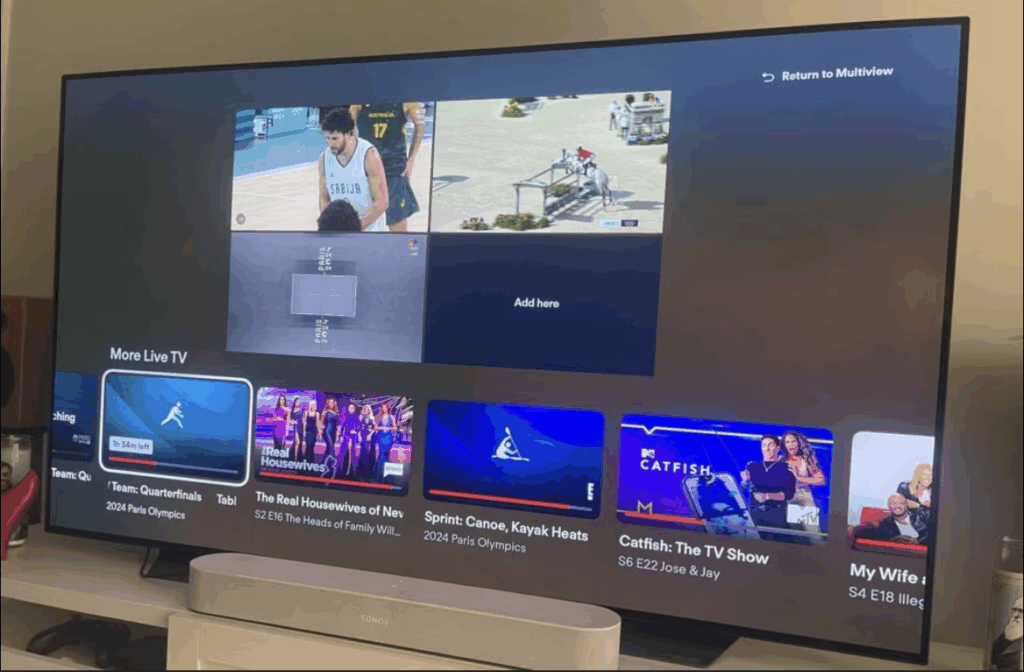
You sign up for a free trial of a trendy streaming service, binge a season of that critically-acclaimed show, then forget it even exists—yet the monthly fee keeps hitting your account. According to Forbes the average American household now pays for more than four streaming subscriptions and watches only two in any given month—a classic case of out-of-sight, out-of-mind spending. Sure, those niche platforms look tempting when you see that one viral series, but do you really need a subscription just to rewatch that indie documentary once? And yes, it feels like you’re “investing in entertainment,” but over a year, those $8–$15 payments can total enough to cover a nice weekend getaway—or even a chunk of rent.
Pause and audit: open your bank app, scroll through “entertainment,” and see how much you’ve shelled out. You might discover weird ones—like that classical music station you abandoned after two podcasts. Then, decide which ones you truly enjoy and drop the rest. Or better yet, rotate services: subscribe to one for three months, binge what you want, cancel, and move on to the next. Your wallet will thank you—especially when you realize you’ve reclaimed a small fortune in forgotten fees.
3. Unused Gym Memberships
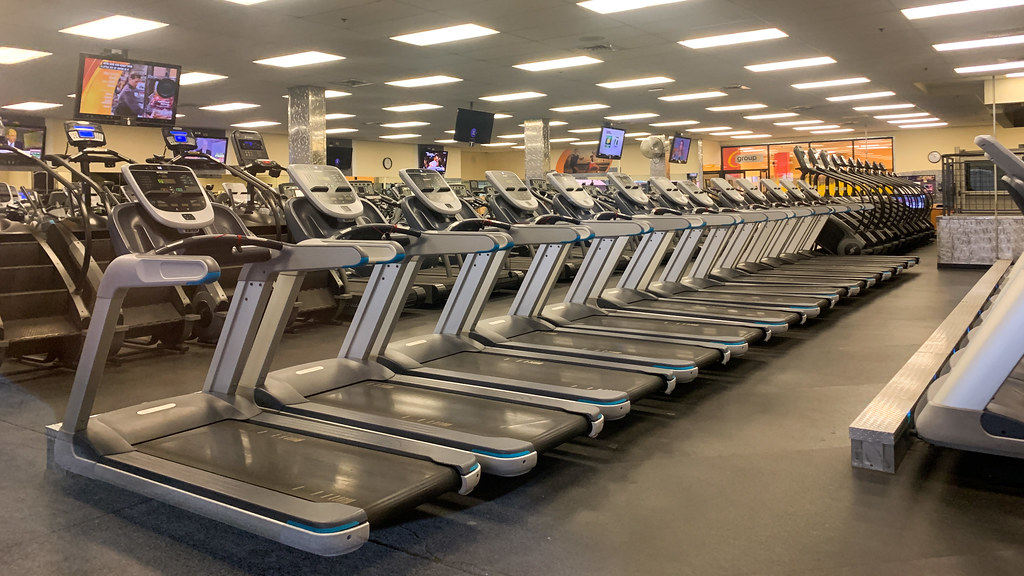
You sign up in January, motivated by those “New year, new me!” vibes, but by March you’ve been once—maybe twice. As reported by KRDO, nearly 67% of annual gym memberships go unused after the first three months. Those fancy machines and spin classes look great on your social media feed, but real life has a way of getting in the way, right? Whether it’s work deadlines or Netflix marathons, your membership fees keep draining out of your checking account.
Solution? Switch to pay-as-you-go fitness: apps, local community classes, or even YouTube workouts at home. If you love group vibes, try a drop-in studio where you only pay per session. Or buddy up with friends to split the cost of a personal trainer for targeted sessions. That way, you stay accountable without throwing money at a membership you never use. Your muscles—and your bank account—will thank you.
4. Premium Credit Cards You Don’t Fully Leverage
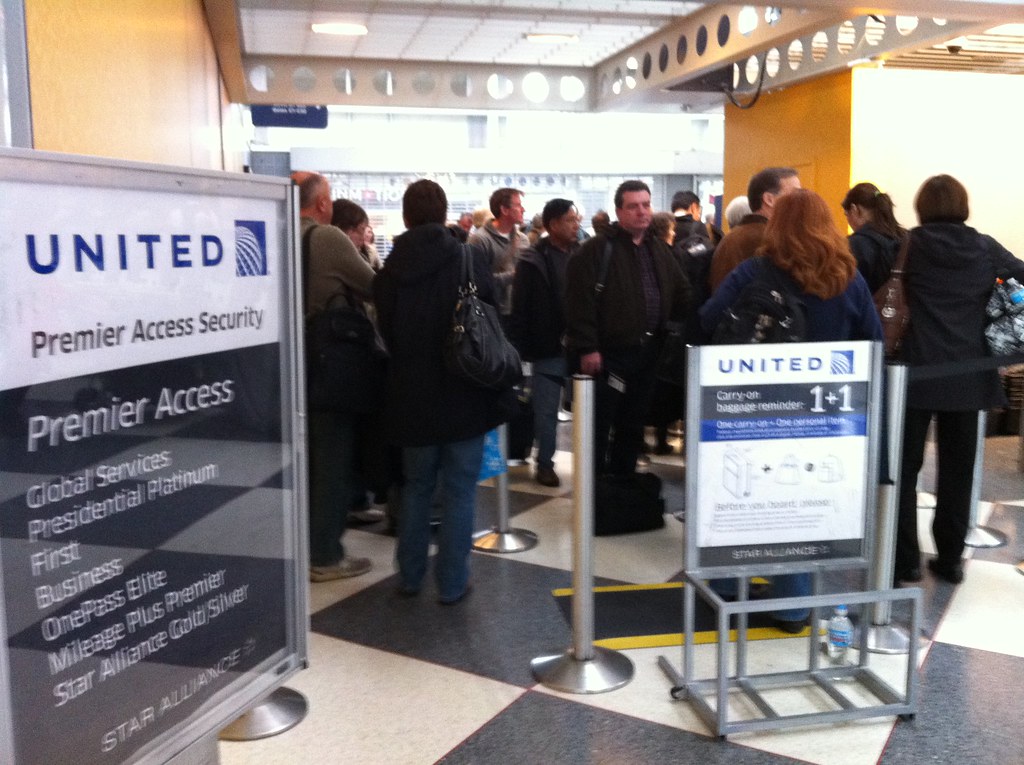
That sleek metal credit card with the eye-watering annual fee seemed glamorous—until you realize you barely use the lounge access, travel credits, or concierge services. In a study by CNBC, over 40% of premium cardholders don’t redeem enough benefits to offset their fees. You wanted the status, the perks, the bragging rights—but did you actually book that free hotel night or use that $200 annual travel credit? If not, you’re essentially paying for invisible perks.
Take stock of what you actually use: if you never fly business class, skip the lounge access. If you don’t dine out enough, that restaurant credit is wasted. Either switch to a lower-fee card that aligns with your real habits or commit to squeezing every last drop from the benefits. Set calendar reminders to use credits before they expire, and track purchases that earn bonus points. Otherwise, you’re treating your card like a fancy paperweight with a recurring bill.
5. Impulse Online Shopping
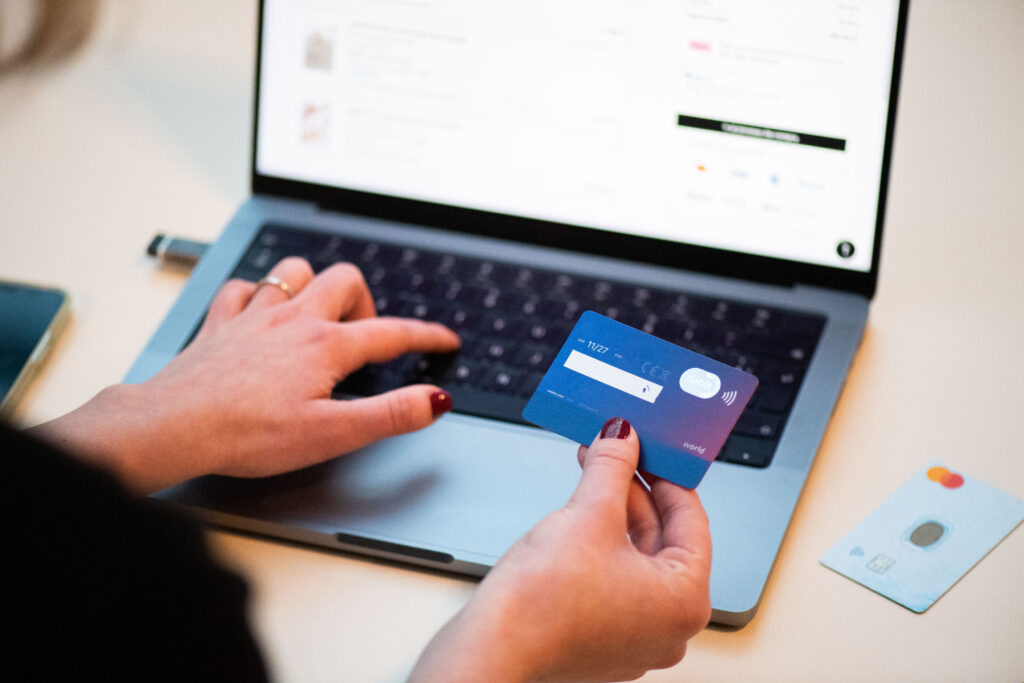
One minute you’re doomscrolling, the next you’ve got four tabs open, comparing chic phone cases, novelty candles, and artisanal socks—none of which you need. As noted in a report by Artios, impulse e-commerce purchases surged 25% in 2024, fueled by one-click checkouts and targeted ads. That “Add to Cart” button is like candy for your dopamine receptors, and retailers know exactly how to hook you. Before you know it, you’ve blown $100 on items that arrive, get tossed aside, and end up forgotten.
Combat this by installing a “frozen cart” extension or setting strict rules: no mindless browsing after 8 p.m., no purchases without a 24-hour waiting period, and always checking “Do I need this?” against “Can I afford this?”. Better yet, unsubscribe from promotional emails and mute targeted ads. Those digital temptations may be stealthy, but your bank balance doesn’t lie. A little pause at checkout can save you hundreds over the year.
6. Daily Delivery Fees

You’ve got ramen last night, a fresh salad for lunch, and bagels this morning—yet somehow you’ve paid three fees just to get food from point A to point B. Delivery services love to plaster $1.99 “small order” surcharges, $2–$4 “service” fees, and then tack on “busy area” or “peak time” premiums without blinking. Those quick convenience surcharges stack up faster than you can say “add to cart”. Before you know it, you’re spending $5–$10 on fees alone per order, which is close to the cost of… you know, the actual meal.
Fight back by bundling deliveries: schedule a few meals or grocery runs on the same app, or pick a subscription plan that waives fees if you hit a monthly threshold. Consider pickup or curbside—still no human contact, but a lot less cash flowing out your account. Better yet, stash a small “delivery-only” budget each month so you’re forced to weigh whether that sushi craving is worth the extra $7 in fees. Treat delivery like a treat, not an entitlement, and watch your fee total plummet.
7. Excessive Phone Data Plans

Unlimited data sounded like a joyride—until you realized you’re paying $60–$80 a month for 50–60 GB of headroom you never touch. Most of us are tethered to Wi-Fi at home and in the office, yet carriers inflict a premium for that “just in case” cap. Overages can hike your bill by $10–$15 per gigabyte, so if you accidentally stream a few episodes while commuting, you could be hit with surprise charges.
Audit your usage in your carrier’s app: if you’re averaging 5–10 GB, downgrade to a mid-tier plan or switch to a prepaid carrier that lets you refill as needed. Wi-Fi calling, offline map downloads, and data-saving browser modes can curb your mobile data appetite. Your wallet will thank you—and you might even discover that you don’t need “infinite” after all.
8. Loungewear Rotation Overkill

Your closet looks like a sweatpants showroom, but you still feel like you have “nothing to wear.” Buying six new matching jog-sets because “online instructors wore them” might sound like self-care, but each set at $40–$60 is a mini investment. The trendiest loungewear fabrics pill, fade, or lose their stretch after a few washes, leaving you eyeing the next launch.
Instead of impulse-clicking every drop, commit to one quality set that lasts—and wash it less often by wearing a tee underneath. Rotate in versatile basics you already own: an old hoodie, high-waist leggings, or even denim shorts for fresh air. Your style stays on point without turning your home into a leggings landfill.
9. Automated App Subscriptions
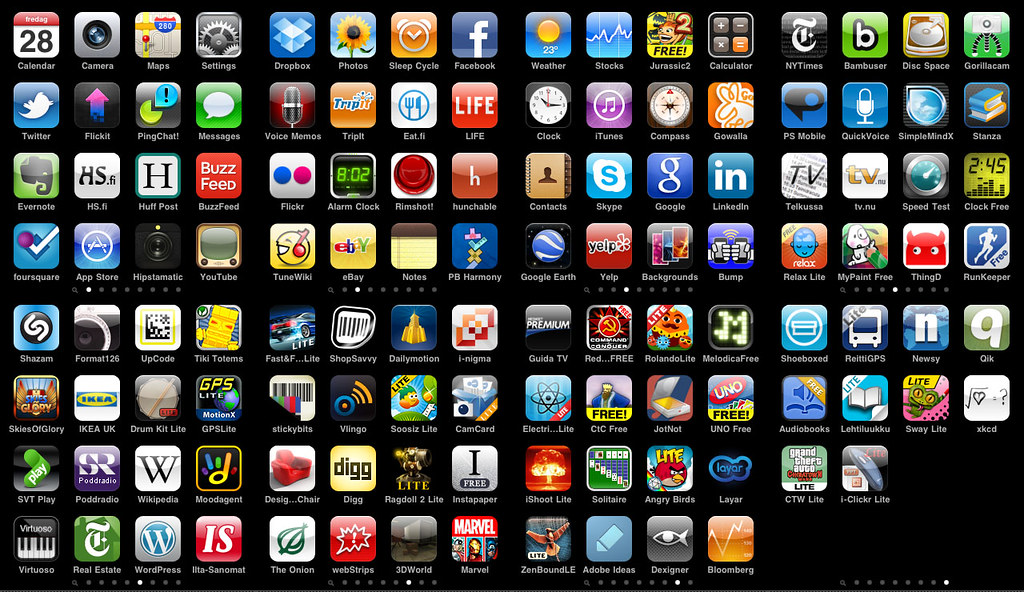
That meditation app, meal-planning service, language learner, and fitness tracker looked promising—until you realize you’re paying $10–$20 a month for each, and they all auto-renew. Before you know it, you’ve got a string of apps nickeling and diming you without delivering daily value. Do you really meditate every day? Cook from scratch weekly? Hit that Duolingo tree every morning?
Review your app receipts and cancel anything you haven’t used in 30 days. Look for all-access bundles or one-stop platforms that combine features at a lower total cost. And if FOMO lures you into a free trial, set a calendar alert the day before it ends so you can make a conscious choice—rather than letting the subscription ghost you and drain your bank account.
10. Specialty Fitness Gear

You bought a $300 smart treadmill desk, a $150 set of adjustable dumbbells, and that $200 “revolutionary” resistance band kit—yet you still “haven’t found the time” to use half of it. Those sleek gadgets clutter your apartment and your credit card statement, turning your home into a fitness showroom rather than an actual workout zone. Plus, trendy tools often require paid apps or subscriptions to unlock their full features, creating an extra layer of expense.
Streamline your home gym: pick one multi-purpose item (like dumbbells) and learn bodyweight routines that need zero equipment. Use free online videos or community-center classes for variety. If you decide you truly miss a fancy gadget, borrow or rent it first to test-drive the hype before dropping big bucks on kit that might end up gathering dust.
11. ATM Out-of-Network Fees
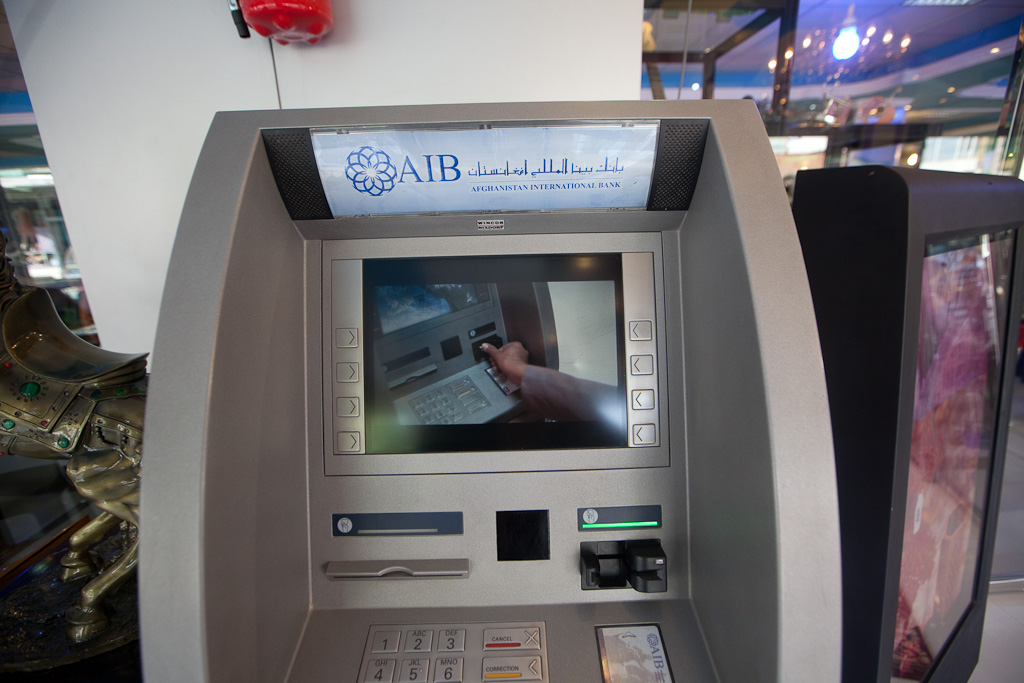
It’s 2025, and banks still charge you $3–$5 every time you withdraw cash from an ATM that isn’t in your network. Hit three out-of-network machines in a month and you could be handing over $15 at the blink of an eye. If you rely on cash for small purchases, those fees feel like a robbery without a getaway car.
Avoid the trap by choosing a bank with nationwide fee reimbursements or hopping on a credit union network. Use mobile apps to locate in-network ATMs before you leave the house—and if you’re already out, buy a coffee and get cash back at the register instead. A little planning can save you dozens of dollars each year.
12. Branded Water Bottles and Gadgets

That laser-etched titanium water bottle looked “investment-worthy” at $50, and the companion smart lid another $30. But do you really need to track how many sips you take? Those “lifetime warranties” often only cover factory defects, not the “oops” drops and dents. Soon you’ve got a drawer full of half-filled tech toys and single-use water bottles you still buy for convenience.
Stick to a sturdy, simple bottle that holds what you need—and skip the bells and whistles. When it comes to hydration, functionality trumps fashion. If you really want a gadget, borrow from a friend or hit a rental service; otherwise, you’re just hoarding gizmos and bleeding cash.
13. Financing Small Purchases
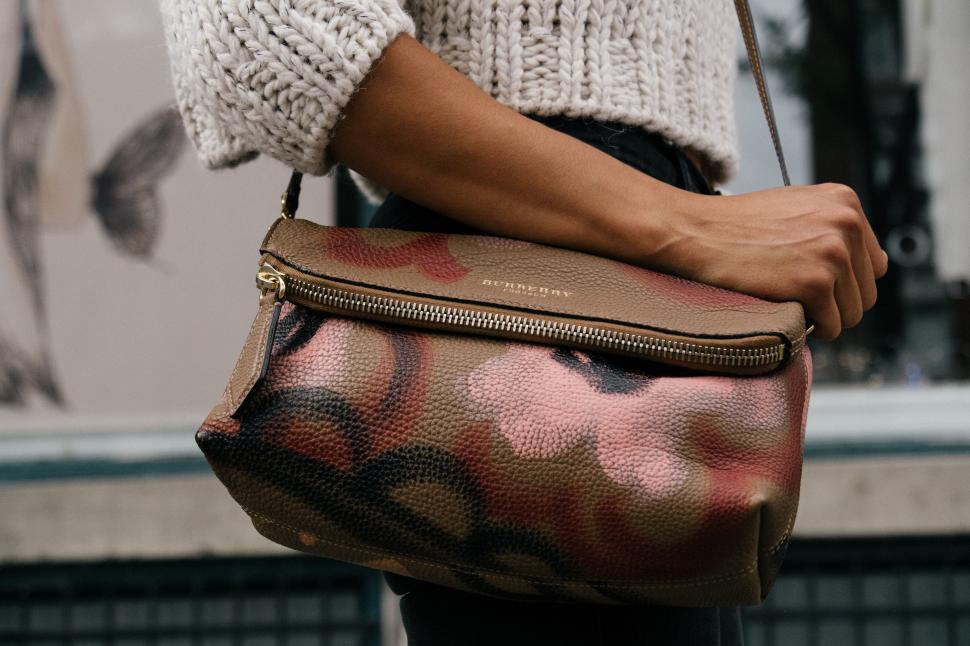
That $200 designer handbag looked affordable when you split it over six months via “buy now, pay later”—but add 15% late fees and deferred interest, and you’re in for a rude awakening. Financed furniture, electronics, or even cosmetic procedures can carry hidden penalties that dwarf the original price if you miss a payment.
Instead of point-of-sale credit, build a sinking fund: set aside a small weekly amount until you’ve saved enough to buy outright. If you must finance, choose a zero-interest plan and calendar-remind every due date so you never get hit with surprises. Your future self will thank you when you’re not drowning in micro-loans for micro-splurges.
This article is for informational purposes only and should not be construed as financial advice. Consult a financial professional before making investment or other financial decisions. The author and publisher make no warranties of any kind.








